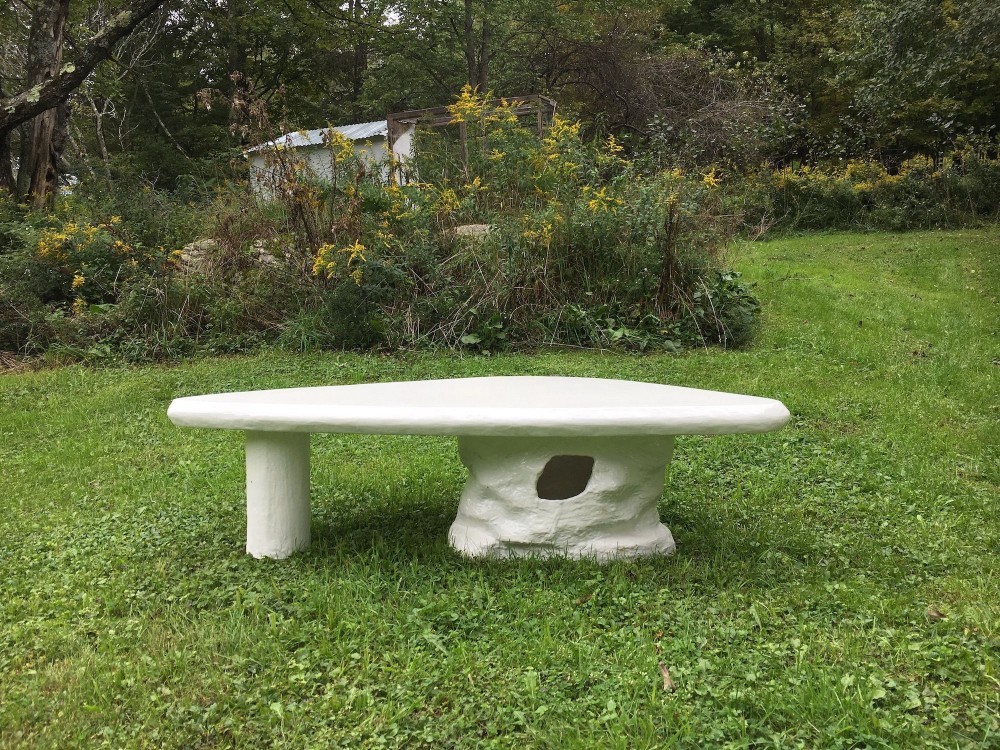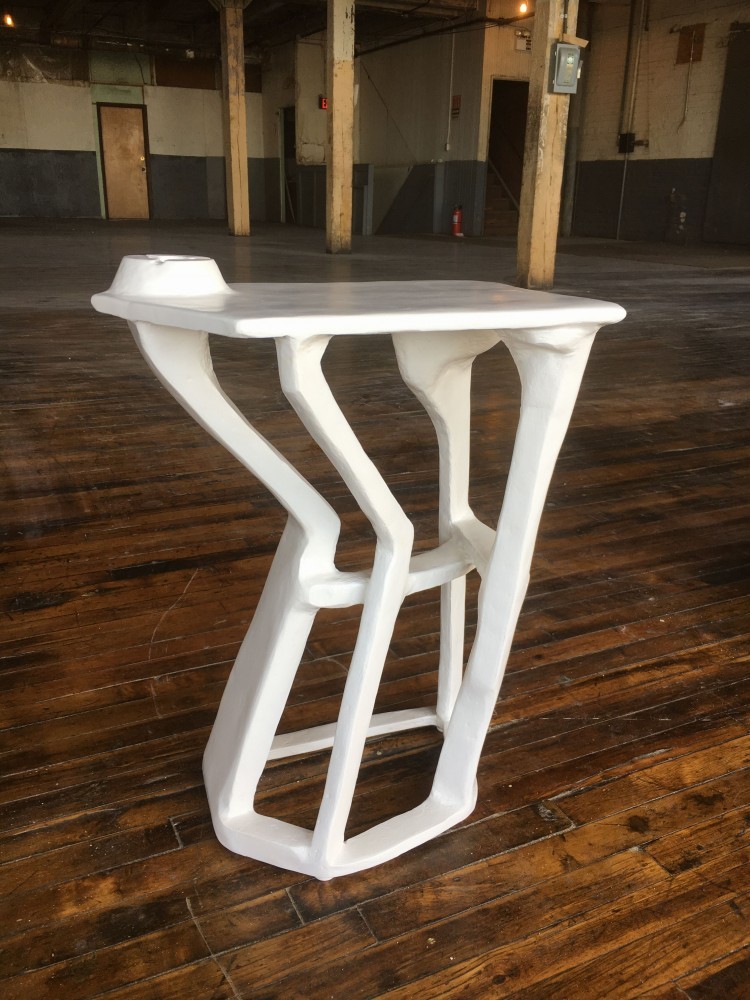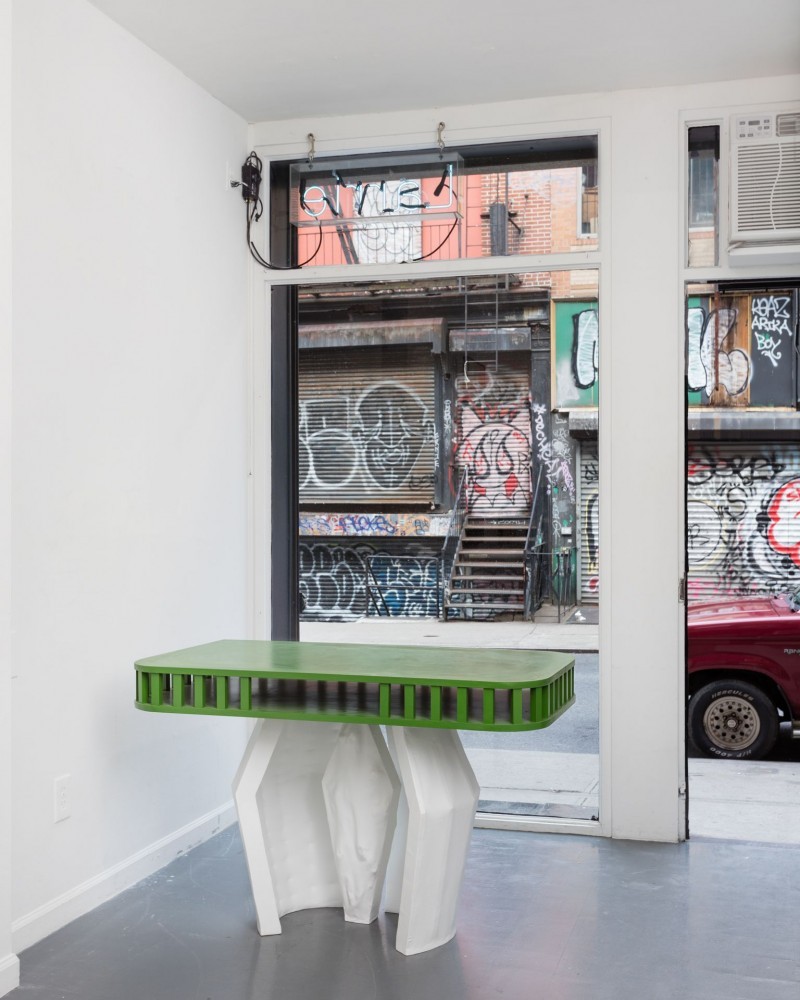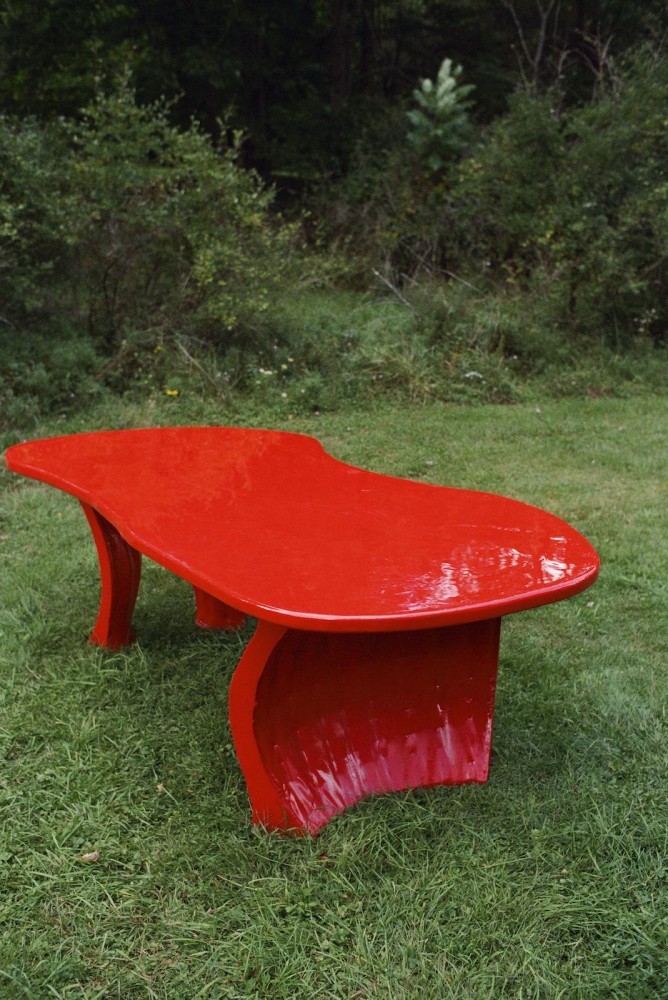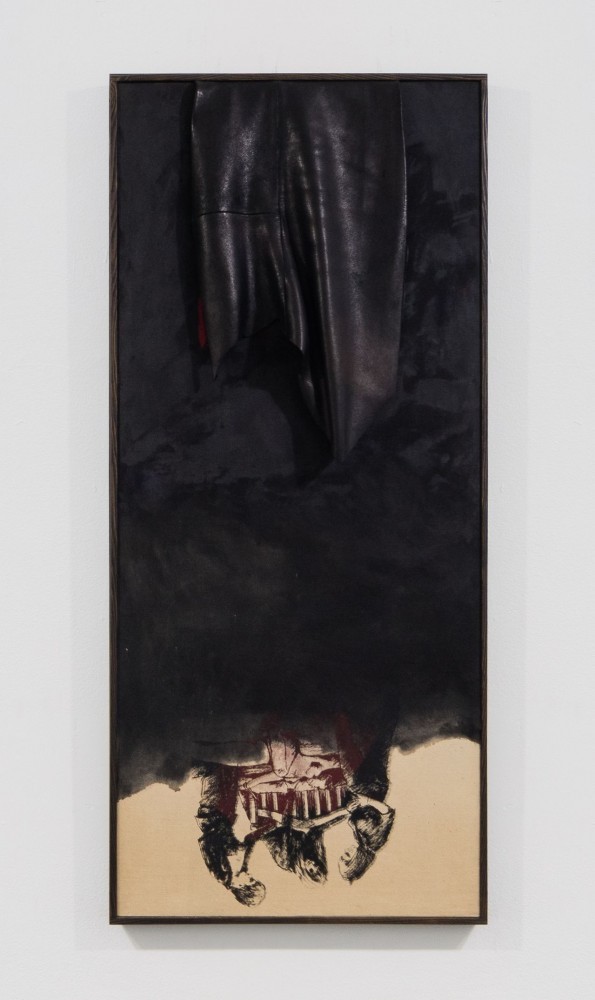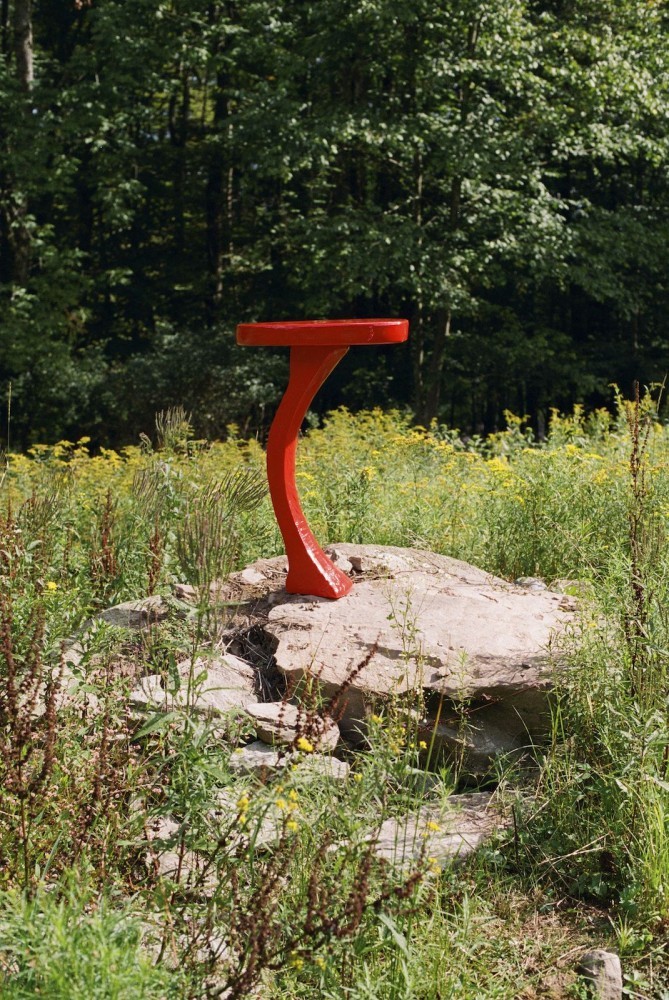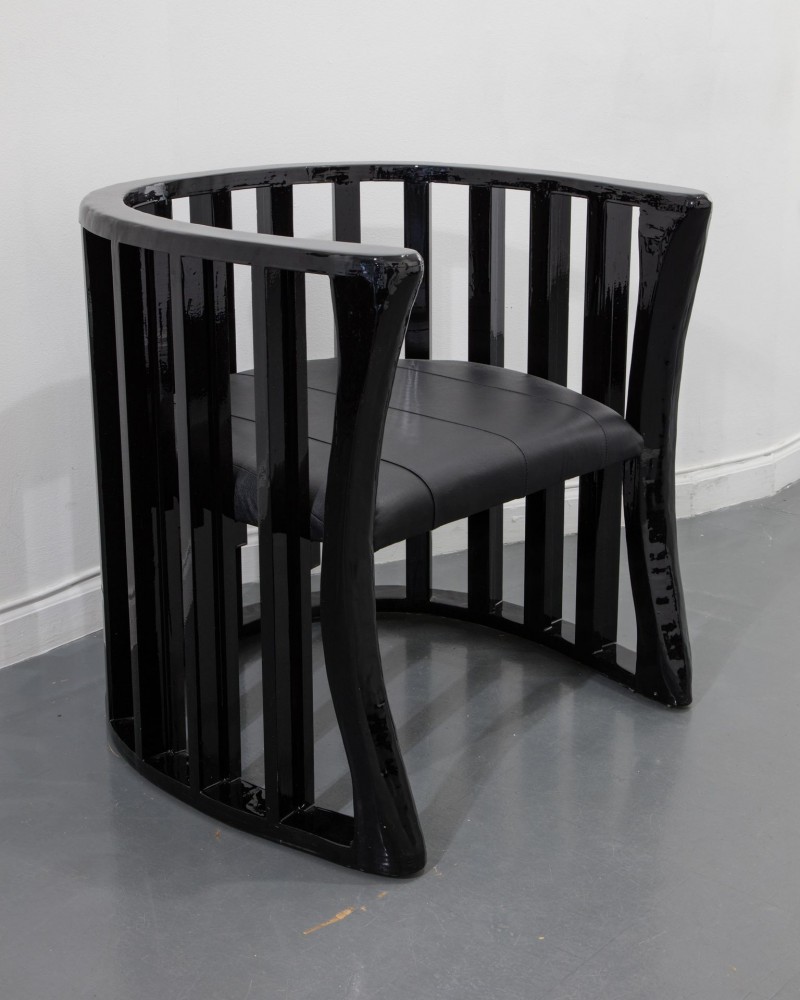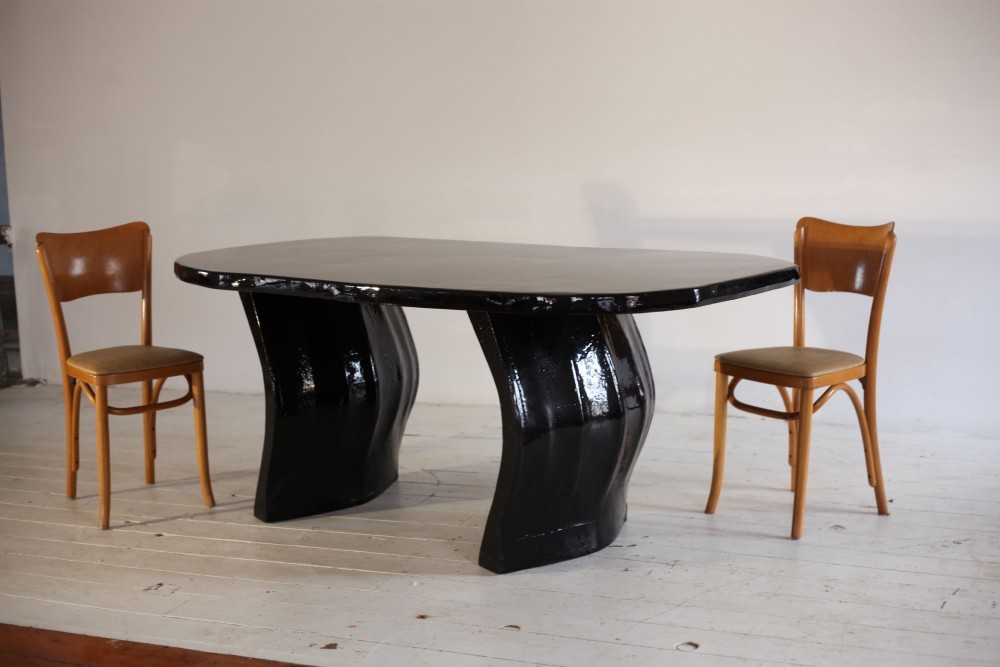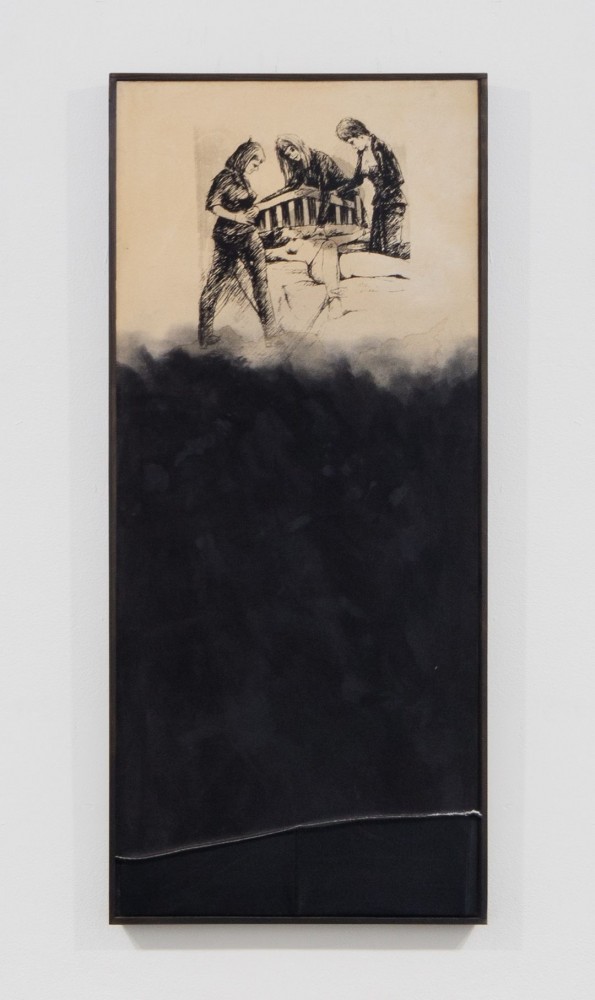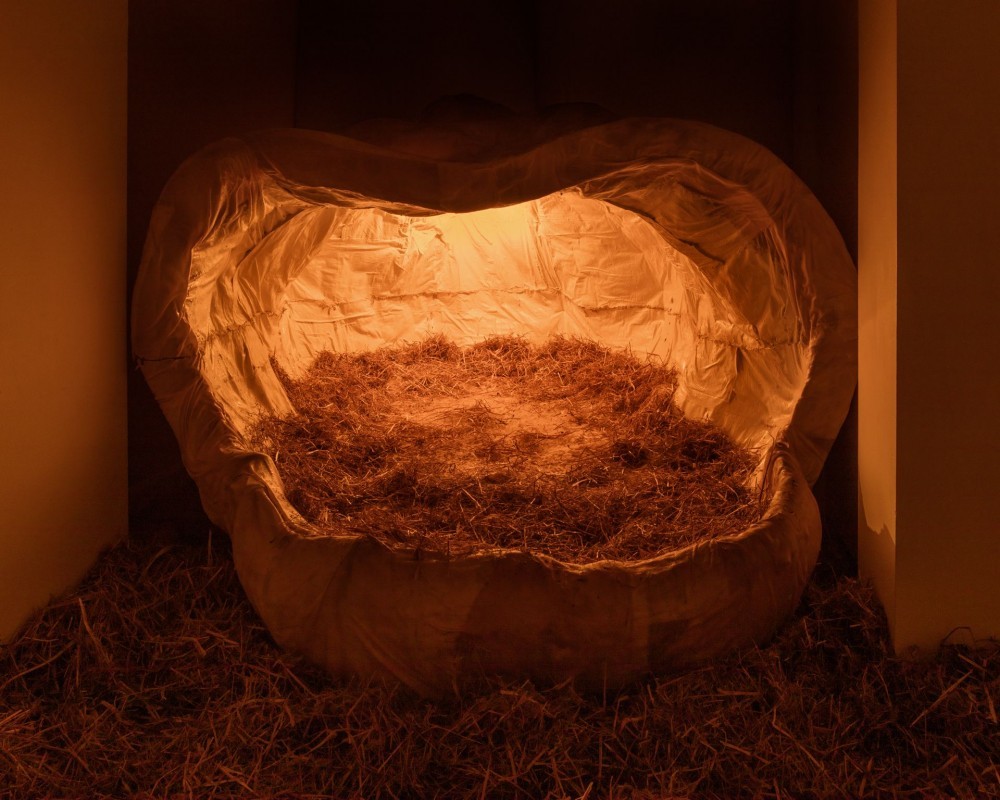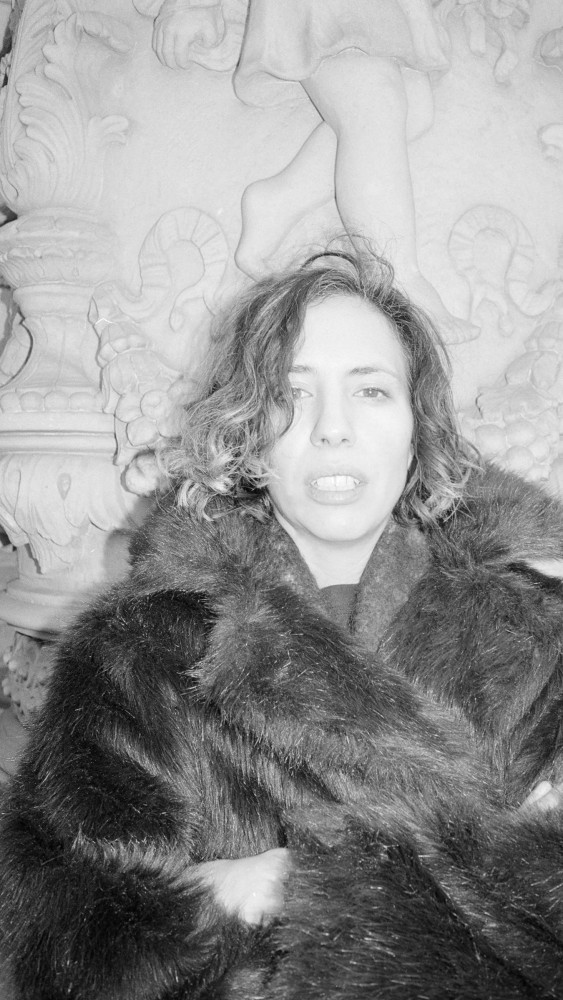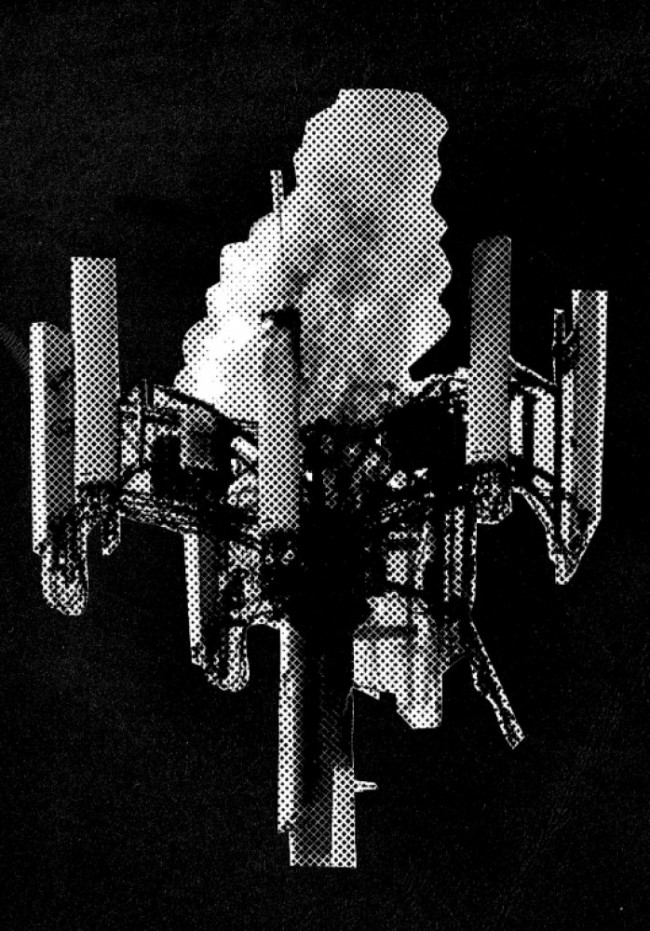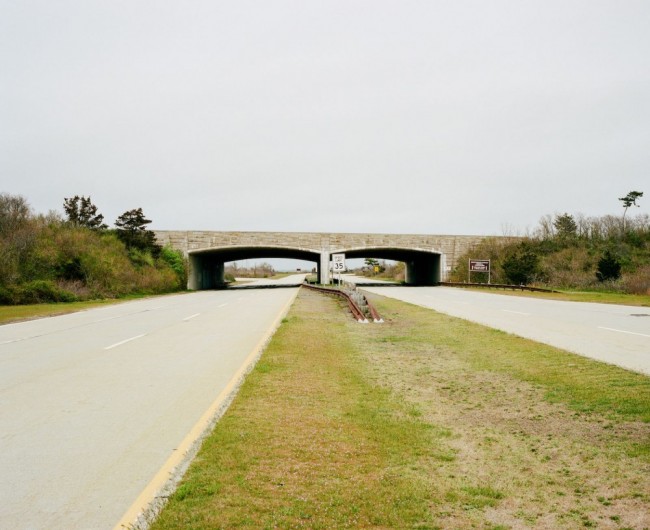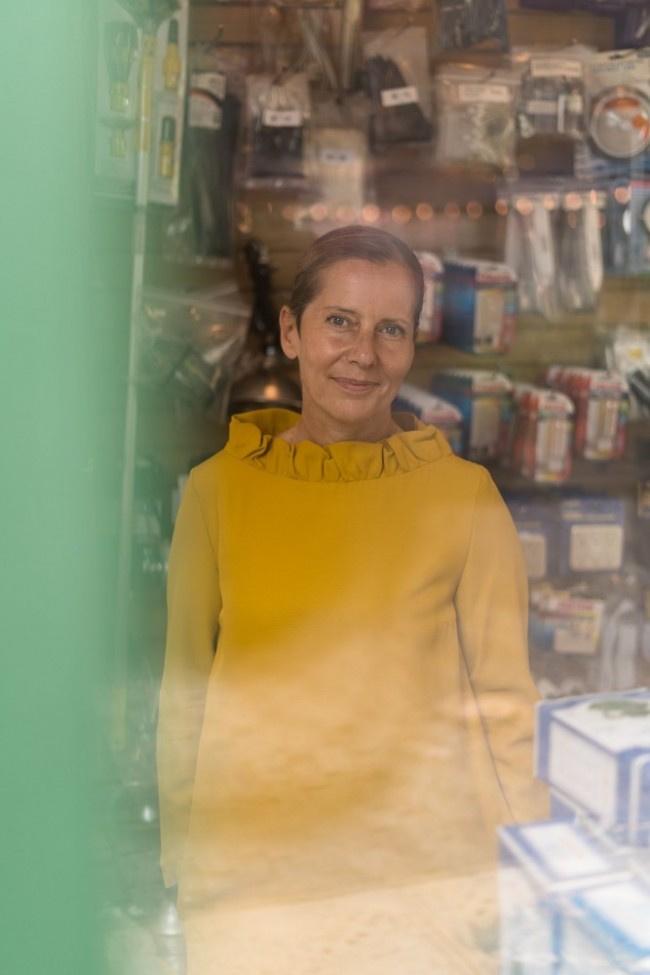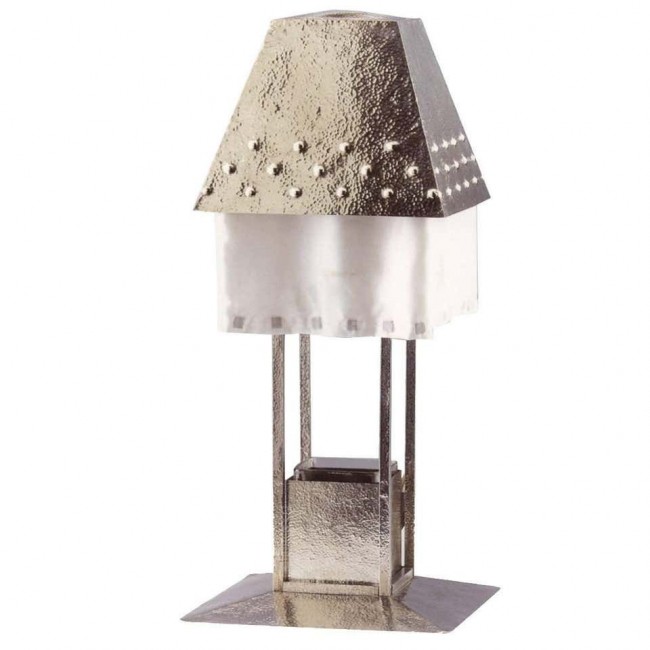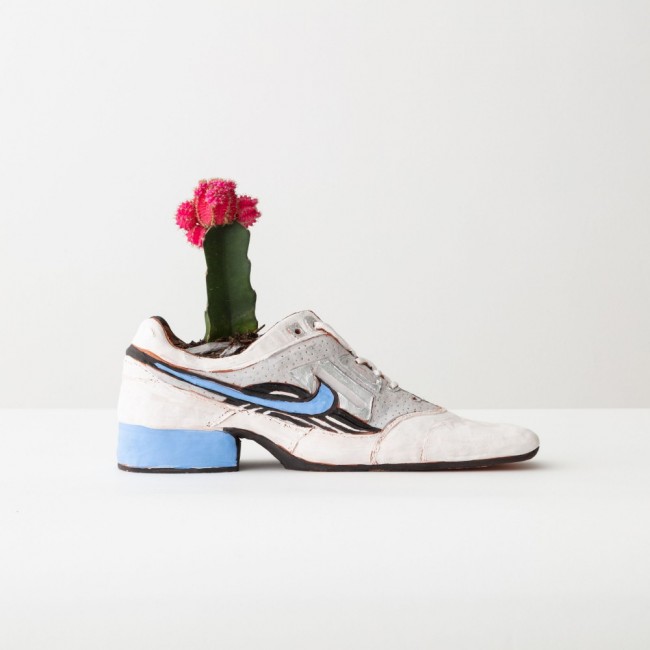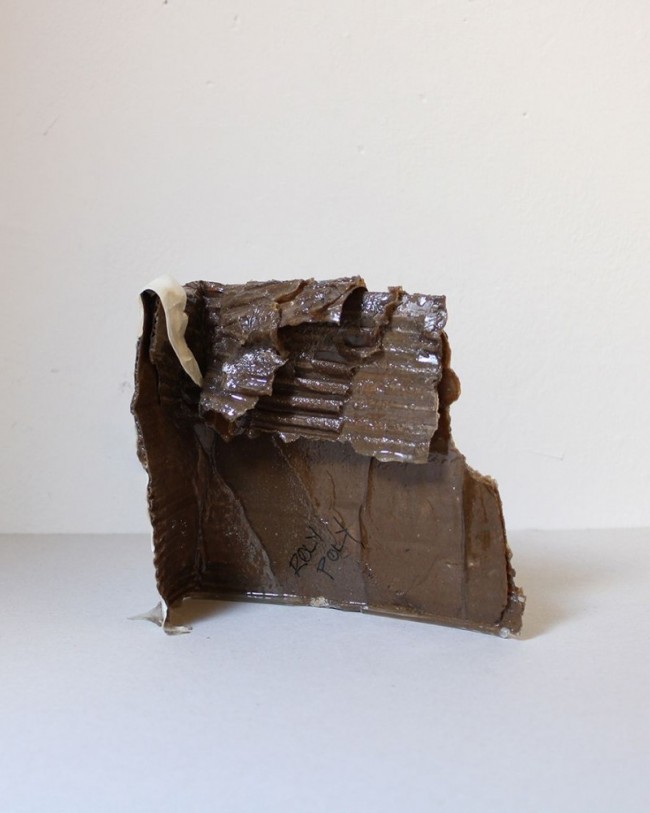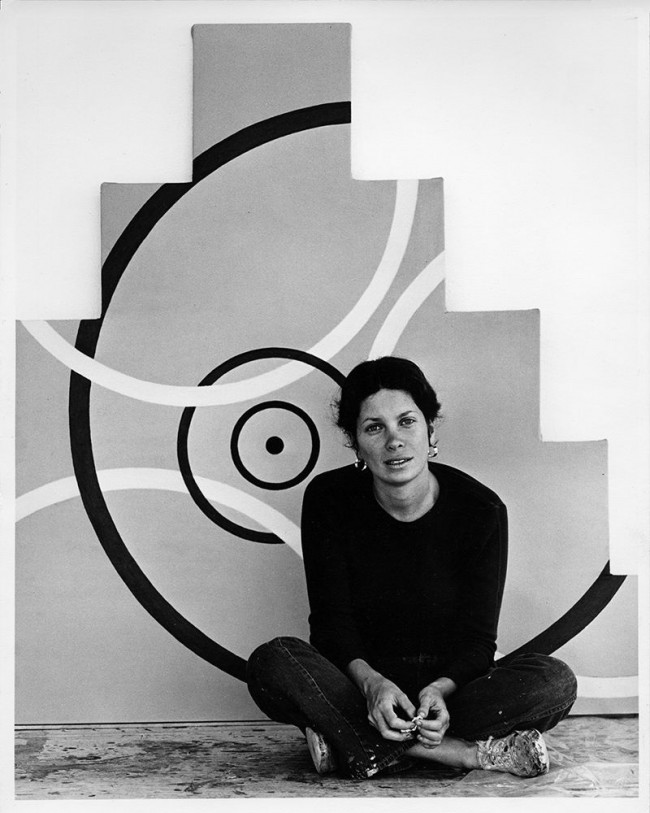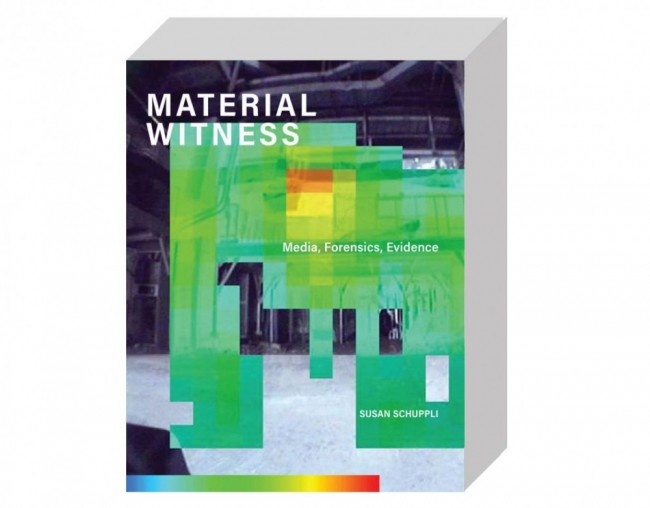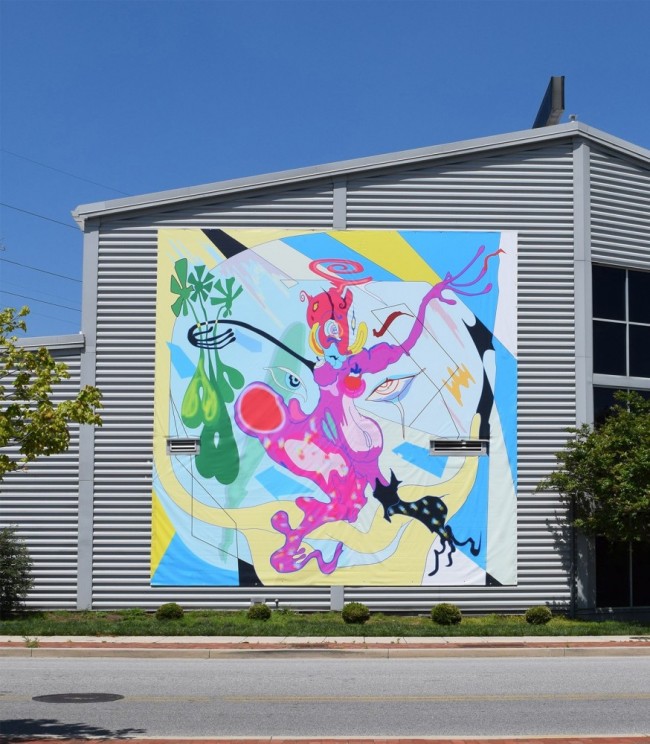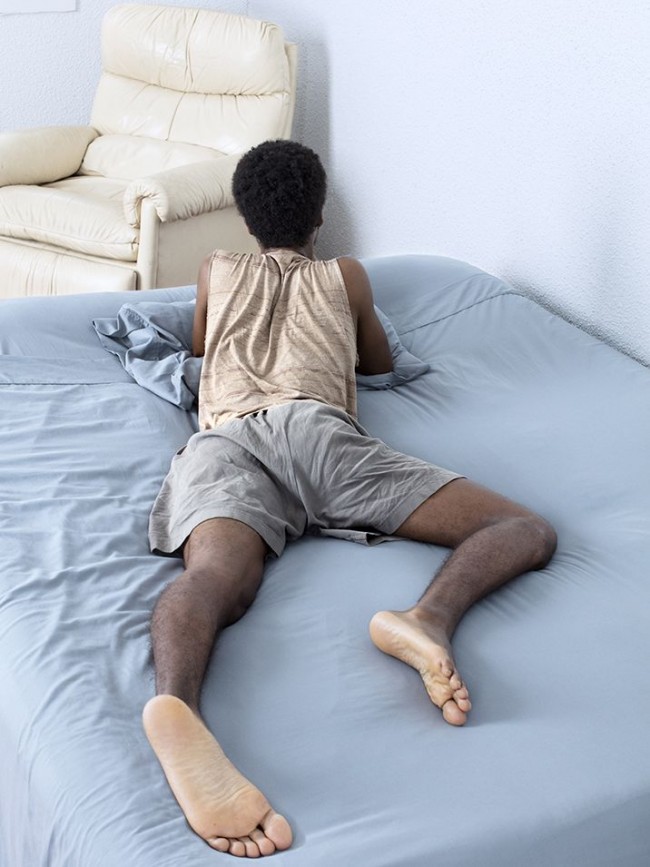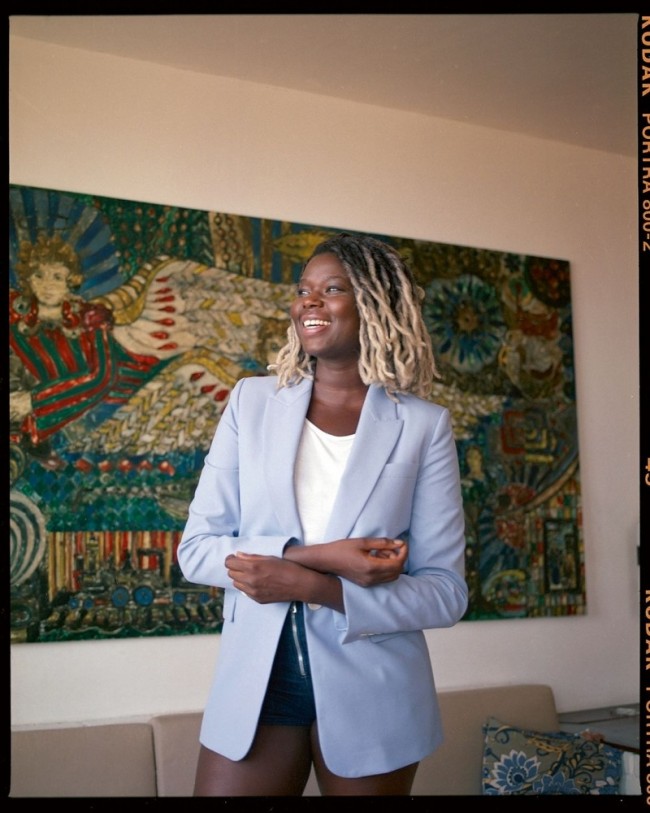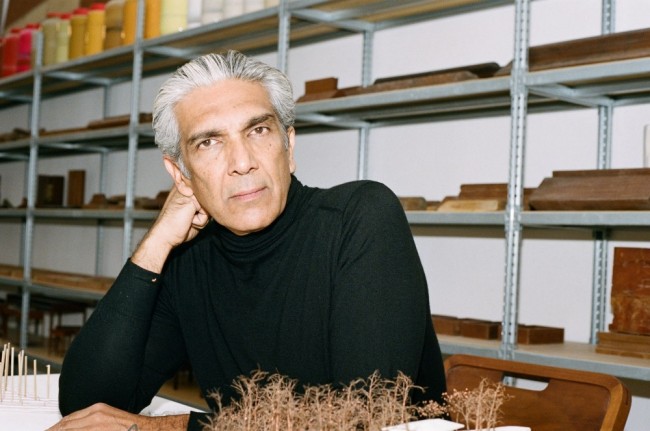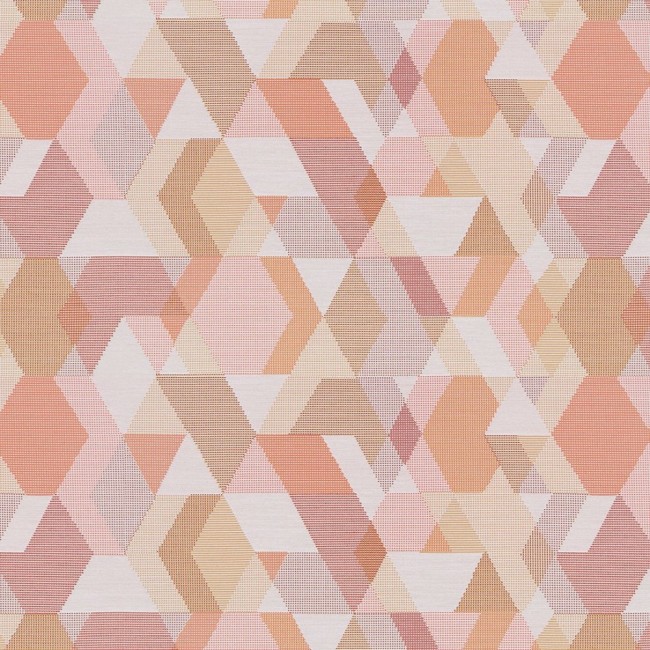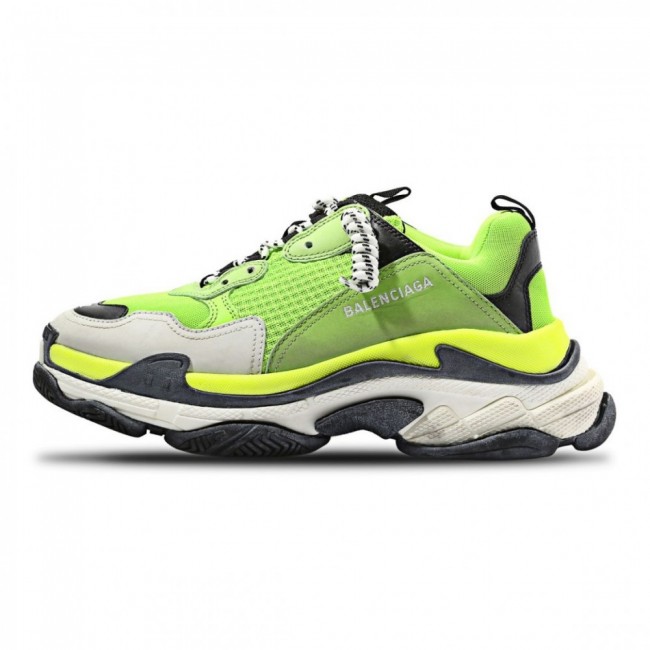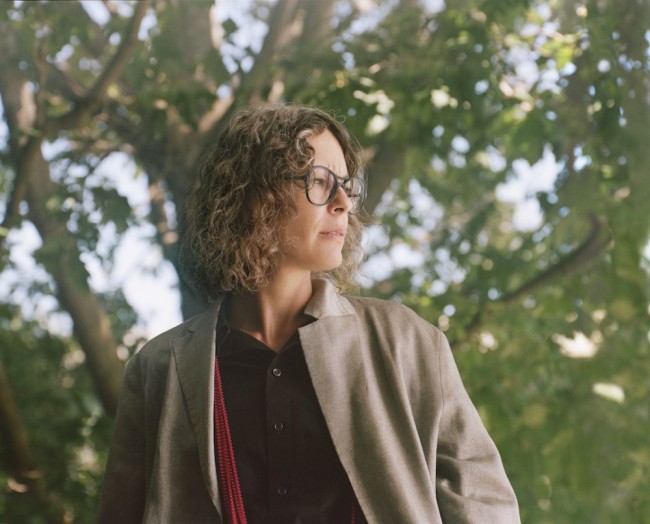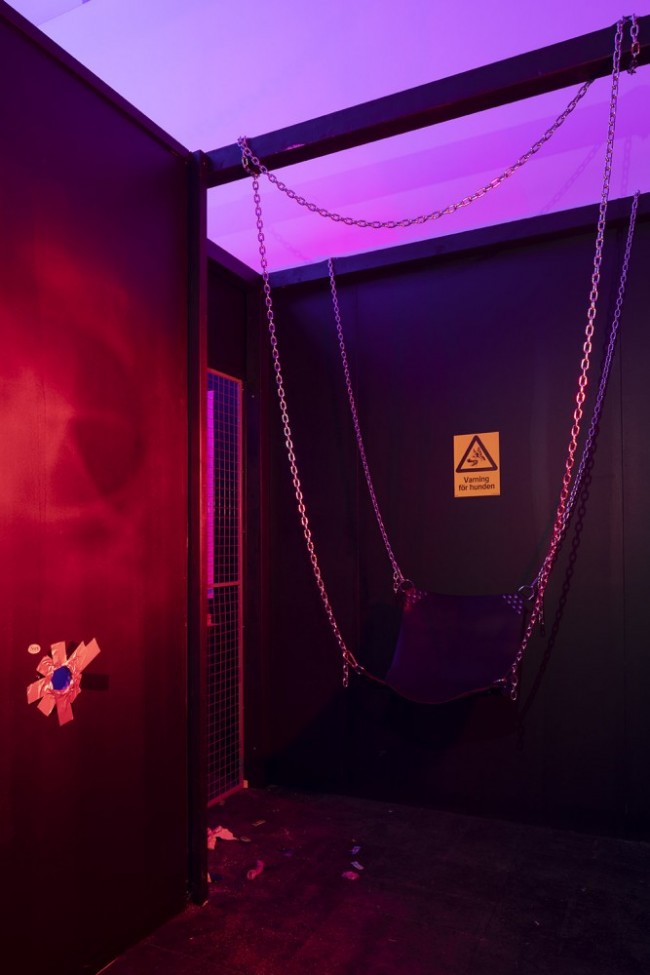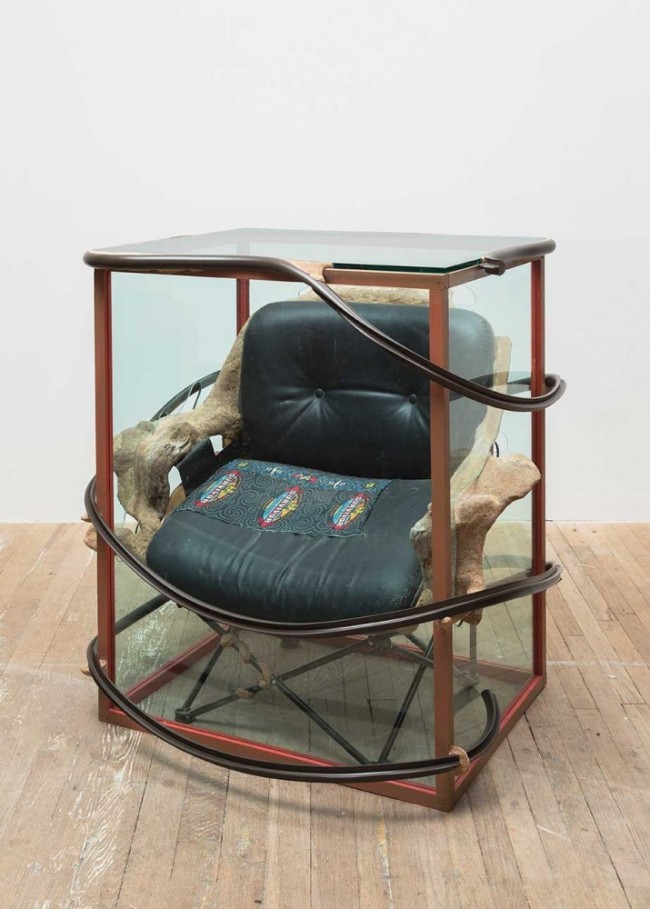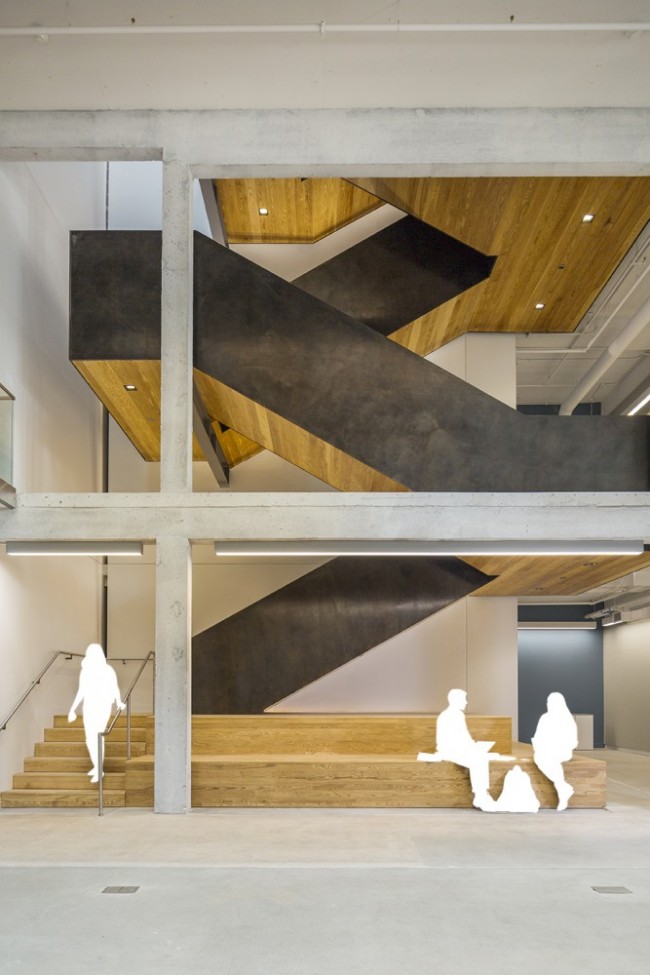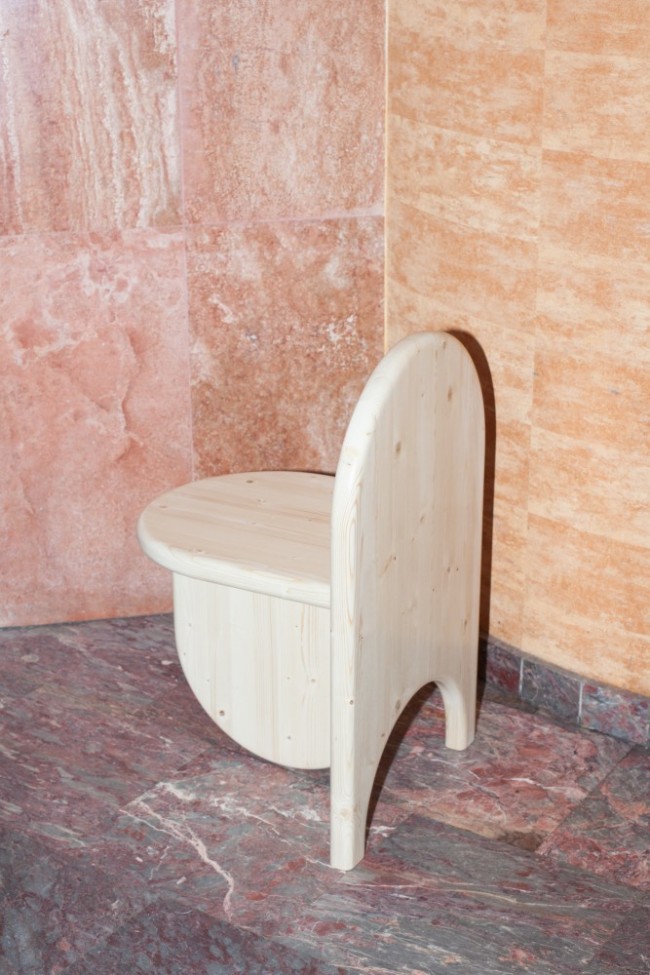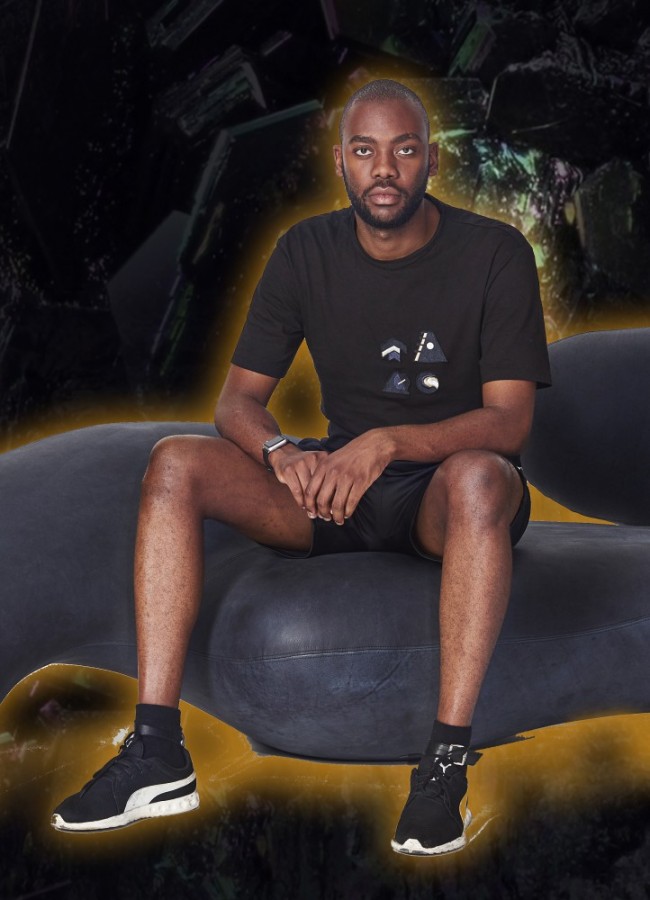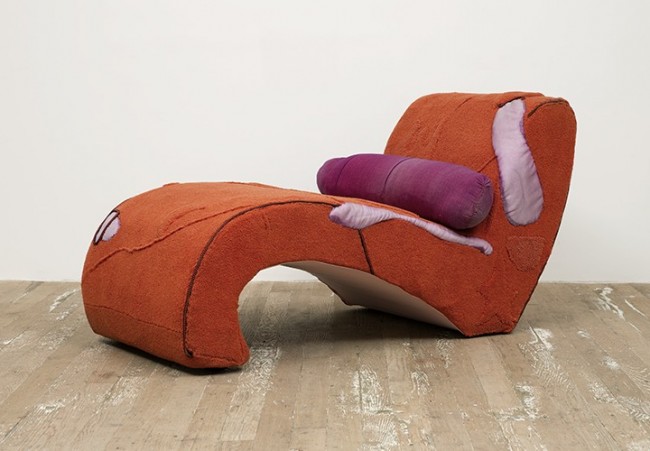INTERVIEW: Liz Hopkins On Their Clit-Shaped Desk, Womb-Like Seating, And Reclaiming Lesbian Pulp
In their first solo exhibition, artist Liz Hopkins expanded their furniture practice to include collage and representative sculpture. Through these different mediums, they reclaim and rework a fantasy pulp-fiction narrative of the woman who loves women. The stories Hopkins collects, written by cisgender straight men and charged with predatory dynamics and problematic archetypes, were in reality some of the only disseminations of American lesbian history until a few decades ago. Hopkins puts a sculptural spin on these narratives while calling for a reexamination of who writes the stories we consume. The title of the show Gristle, which opened at Larrie NYC back in May, is inspired by the artist’s mother and stepmom, who would refer to herself as too tough to be eaten, like gristle. Using salvaged, humble materials, Hopkins’ independent and laborious production process creates sturdy yet sexy pieces that beg to be touched and used. After the opening of Gristle, Hopkins spoke to me about how they grapple with dark stories, physical limitations, and material scarcity.
Liz Hopkins photographed by Marianna Rothen.
Mekala Rajagopal: You have this collection of vintage lesbian erotica, and you used those illustrations in the collages. I’m really curious about your collection, how extensive it is, and where you find stuff?
Liz Hopkins: Some people think they’re a bit dark, but I find them really light and fun. They’re all written by cis-men, even if they say a female’s name on the cover, nine times out of ten, it’s a pen name. They’re predominantly written in the '60s and '70s, those are the good ones I like to use. I’ve been collecting them for ten years now: every country I go to, I try to grab some, even if it’s tacky lesbian modern day porn, I can still find something from that. I like this shitty Americana idea, written by men for men, but at the time most of these were made, lesbians didn’t have an outlet. No one was out publicly, so any smut book or pulp book would still be used by lesbians. They still “got the job done,” so to say. They’re hard to research and hard to find. If you google these books, you won’t find anything on them. Some of these writers would get paid like 50 bucks for an entire book, and their job was to write it in one week and send it to the publisher still full of grammar mistakes. It was kind of sick how they turned it around. The book I used for the collages used an idea that was common in these books at the time; the more masculine or dyke figure is the one who turns all of these nice fems into being a lesbian, like they get corrupted by the dyke and turn to the “dark side.” I collect books at all kinds of places. I’ll find them at a flea market, or at old barns upstate, there’ll be a dirty box in the corner after an old man died and his wife just threw out his porn collection. They’re these nasty little trophies where you can kind of figure out which ones he was into. But I actually have a book collector in Ohio now that I get my books from. I can’t really tell you where, but I have a plug. When they get the books I want, they keep them for me and call me.
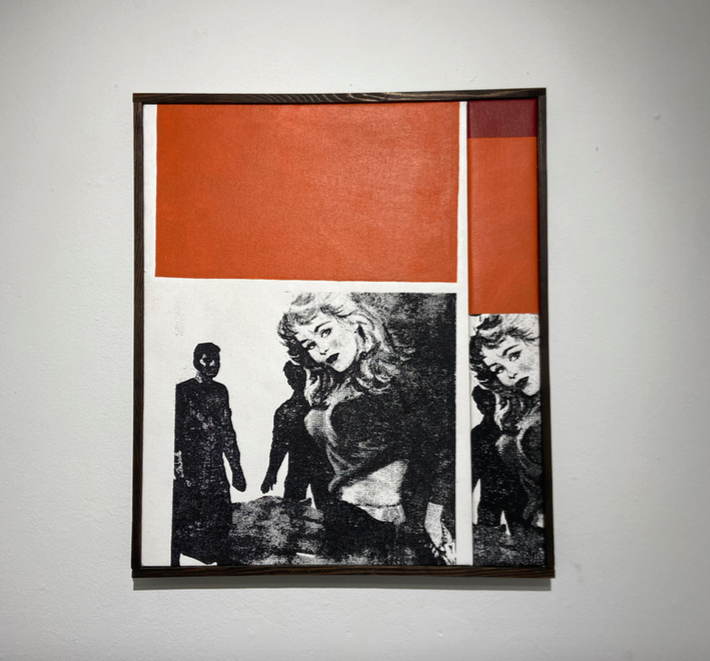
Lesbian Lure, 2020: Screen print, leather, car oil, acrylic, coffee, in artist frame.
How are you kind of using that narrative of how they looked at lesbian sexuality and repurposing it?
So, in the stories, these dykes were drinking and smoking cigs, and they’d prey on the beautiful femme-woman who’s just been abused by some man and made out to be this compromised woman, and that’s why she becomes a lesbian. It’s never just, “I’m a lesbian and I want a love story with a happy ending.” Even though the narrative is so dark, it doesn’t have to be like that, for me. The narrative is actually to make something that was not supposed to be for you, for you. I think there’s this beauty in repurposing after time has passed since these books are so dated that they’re funny, like so out of this world douchey and masculine that they are a timepiece, with these really amazing one liners, like a pussy is called a “nether crevice.” They’re really white too. You can picture this cis straight white male writing it. Lesbians didn’t write their own history, but I don’t want to toss out this version of it and be grossed out just because it wasn’t written by a lesbian. I think there could still be some use in it, and I’m learning to repurpose the worst of the worst.
Tell me more about the sculpture in the show, the womb.
I call the sculpture the womb because it’s this gigantic cave-like structure. America was built on this heteronormative family essence, which still existed in the '60s and '70s, and there was of course this counterrevolution and feminist movement and lesbians weren’t using their “superpower,” their womb. They were denying it from themselves saying they didn’t need this idea of a family that they biologically create. The womb is covered in hay, so it’s a bit biblical as well. God created Eve and the Virgin Mary created Jesus, but both those humans were created without male penetration. Obviously a really bullshit fairy tale, but there’s this beauty and strength in the denial of using your womb too. Prior to Covid, part of my idea with the show was that people could sleep in the gallery inside the womb. They’d rent out a specific night to stay in the gallery and sleep with their lover or by themselves, whatever the case may be, but they’d be inclined to write their own short erotica. I have a lot of friends who would be willing to do that. I slept in the gallery last week in that womb. I’m not trying to say that this work is just for lesbians to consume, because you don’t need a womb to be a woman, but I think it’s a story I felt really compelled to tell. I don’t think all of my shows are gonna be about lesbian erotica. The show title Gristle was more a reflection of my mom and stepmom who popped out so many kids and did use their wombs and weren’t lesbians.

Mother’s Womb, 2020: Wood, fiberglass, sheep fur, hay.
I guess that makes sense because the womb is a habitable space, and one that everybody has inhabited.
Well I mean, first come first serve definitely for my queer friends! (Laughs.)
It’s refreshing that the subject is erotica, but there’s something really muted and non-vulgar about it. A lot of erotica-centered art is overtly sexual, whereas this doesn’t feel that way.
The image I kept reproducing was the cover, which had three women tying down another naked on the bed. Obviously, it’s a sexual scene, but it’s a bit muted over screenprint so it’s just a line drawing. I actually think the sexy part is in how I cut the canvasses so the lower part is black leather. They’re sexy in their sleek design, but most of my sculptural work is really functional and to be lived with and used. Which is so fucked, because of Covid, no one could go in and touch the objects. When I came to the city last week, I had quite a few people come by the show, and everyone was like, can I sit down on these? I had to remind myself that people walk into a gallery and they’re not supposed to touch anything. I was like please sit down and get in the womb, it’s really important to me. People’s touch is so weird and calculated right now, so it’s kind of a weird show to have at this moment because it’s so based on touch and interaction and use.
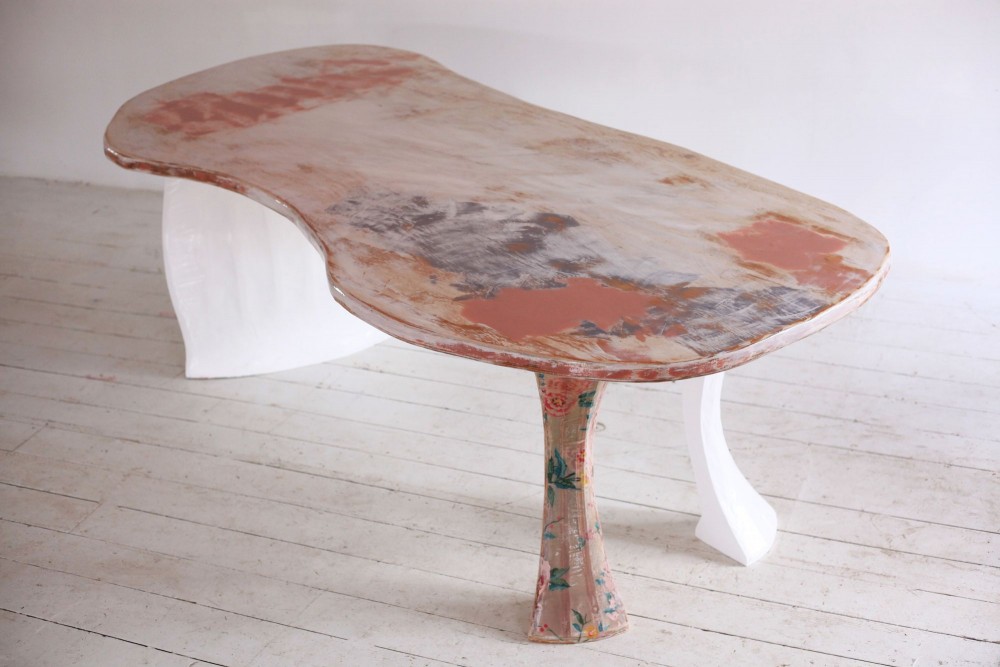
2 Puppy Legs White (Dining Table), 2019: Plywood, fiberglass, cotton bed sheets, Bondo, resin.
Even the materials you use are so functional and tactile. How do you decide on those?
Well, the materials really come from what I’m able to get, like how am I gonna tell this story with materials I’m able to get my hands on and manipulate? The whole womb was made out of bed sheets and wood, and I fiberglassed over that. Everything in the show was from the hardware store and the thrift store: I even stole the frames for the collages from an old home that was gonna be torn down, and ran it through a table saw a whole bunch. I was just talking to a friend about how design is going to change because of Covid: you’re not gonna be able to work with your fabricator, you’re not gonna be able to find that specialty product, the marble store doesn’t exist, shipping is shut down, so what you have is the hardware store. And for me, that’s kind of always what I’ve had and what I’m capable of manipulating in my own studio with my own tools. How am I gonna portray that feeling and make it functional but tell the story and set the tone? It’s all in what you can find, and if you can put in the hours to manipulate a shitty piece of plywood into something beautiful, I find great satisfaction in that. It becomes really physical work. Instead of buying something that already looks nice, you have to use your time and be physical with that object and sand it down for twelve hours, because you didn't get that nice piece of wood. You got plywood at the hardware store, and it’s got cracks all through it so you have to bond it for another twelve hours. But then it becomes this really sculptural element and you can manipulate it how you want.
Where do the desk and chairs come into the story you’re telling?
The desk in Gristle is painted green-screen green and the bottom of it is a big fiberglass clit design made out of bed sheets. The color of the desktop is a green that was really common in the mid-'70s in these books. I kept coming across this green and it’s kind of ugly but it helps me tell that story. Sometimes it’s not about what you think of as “designer.” Some people can just make beautiful objects and have that be the point but in this show specifically I was trying to tie everything together and make it cohesive. The leather chair set, for instance, is made out of a trench coat I got at a thrift store, this huge women’s trench coat with shoulder pads. I cut that up and used it for the seats and on the paintings. Thinking of the chair design itself, Josef Hoffmann made these beautiful barrel chairs in the late 19th century, but they looked looked kind of thin and dainty and Austrian and perfect, and I felt like they needed to become more masculine — well I hate that term, they needed to be dykier. These were the people in the stories that wouldn’t sit in this dainty Austrian designer chair with this beautiful dyed fabric. These chairs are strong as hell, that was really important.

Barrel, 2020: Wood, leather, resin.
What’s been happening in the studio since the show was completed?
Well, I made the show in Ohio and it was supposed to open up on March 19th, so on that Friday the 13th, I drove twelve hours to New York with my artwork I’d been working on for the last five months. It was like doomsday, shit was just bonkers. People were like, what are you doing, why are you coming here? I felt like I was delusional and the whole world was delusional. I was living with my parents in Ohio and they basically told me, you can’t come back because you’ve been compromised.
By being in New York?
Right. So I got a commission to build a sculptural kitchen in the Cayman Islands, so I flew down there Sunday as a last ditch effort to get away from Covid. I got there on Monday and it was still like Margaritaville. People were sharing hookah on the beach and cheersing and joking about their corona vacation. By Friday, I got kicked out of the island because there weren’t enough supplies coming in and the whole island was shut down. So, to answer your question on what I’m working on now, it was kind of a scavenger race to reset myself and figure out where I can hunker down and draw and write and think about materials and shipping that’s readily available to me. I don’t really work with a lot of manufacturers and fabricators which is great for me, because I don’t need a metal worker to help me put something together. I do everything in my studio alone already. But since only the Home Depot was open, I had to reset the parameters and think about what the world needs to see and what I want to make that really needs to be made.

Spooning Legs in Black (Dining Table), 2019: Plywood, fiberglass, cotton bed sheets, Bondo, resin.
Totally, it’s played out. So, were you able to escape the city?
I just set up my studio in this beautiful space: I'm upstate like two hours from the city in really rural country woods. I just chopped down all these trees with an axe, I’m not kidding. I had to move my body, and finding materials myself feels really destined for deterioration. So many of these trees are dead, and some trees don’t even have room to grow, so you have to cut some down to create more life. The studio is really different, but it’s awesome too, and a lot of people can’t say that right now. I’m just trying to let things happen and react to them and be in the now, not make some Covid shit. If you do have your health, it’s like, why am I taking my car to get my oil changed when I can just watch a Youtube video and use my brain and my body to change it myself. Let’s just be functional here, let’s be self-sufficient and make it happen. It makes a difference, especially when there's not real life going on, or what you thought was real life.
Interview by Mekala Rajagopal.
Portrait by Marianna Rothen.
Images courtesy of the artist and Larrie NYC.

